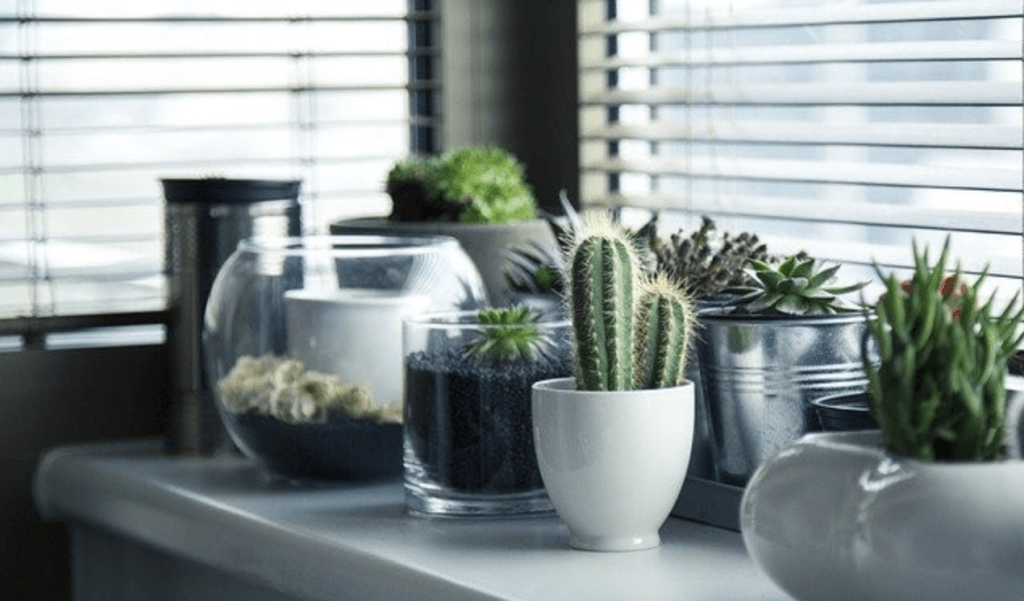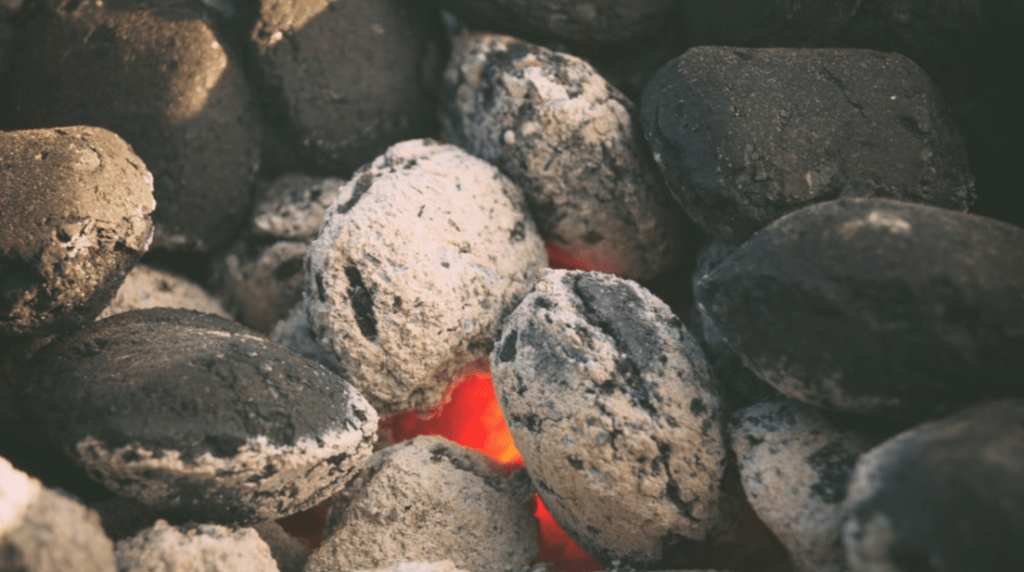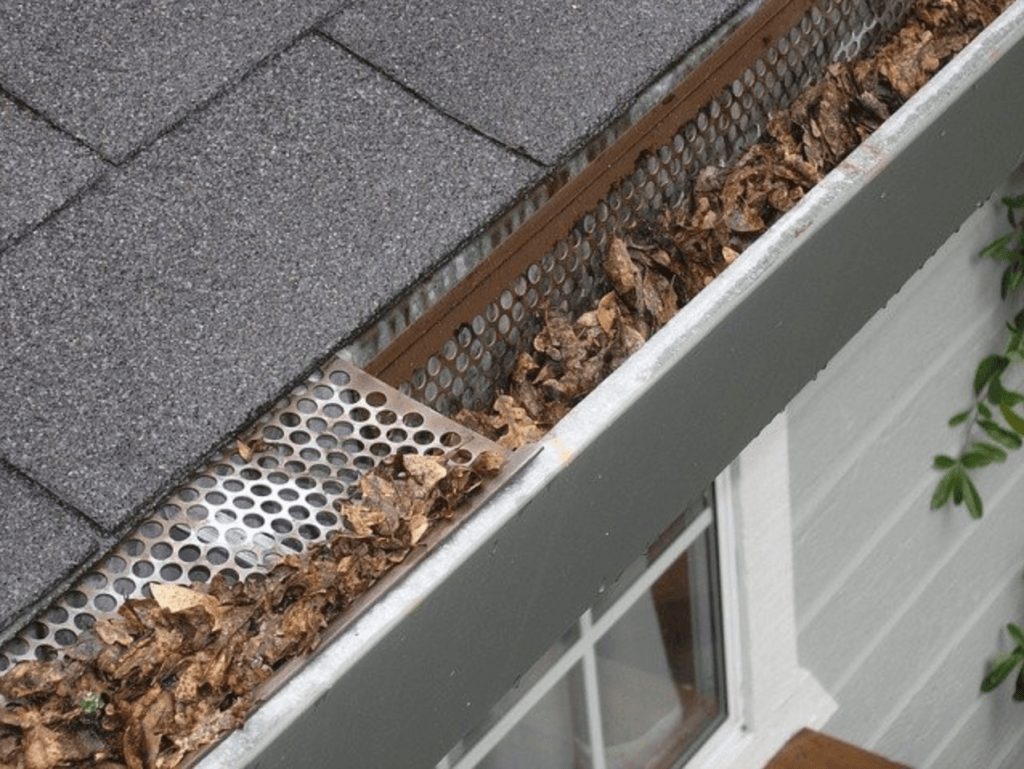Basements are prone to humidity, and sometimes it can be hard to get rid of it. Fortunately, there are ways to manage humidity without a dehumidifier.
Some of the ways to eliminate humidity in the basement include plants, silica gel, container desiccant, charcoal, baking soda, salt, ventilators, and cat litter. Other possibilities are to divert moisture from outside by fixing gutters, adding slopes, and replacing your AC and furnace filters.
Some of these are instant solutions for an occasional problem, while others are long-term. Let’s go over all the methods that you can use to get rid of humidity in your basement.
How Do I Recognize a Humidity Problem, and Why is That Important?

Humidity is a frequent problem in basements because of rain, groundwater, and lousy ventilation. Excessive humidity may lead to mold and permanent damage. If the problem is severe, you will quickly recognize it, but sometimes, the humidity level is high but will show no apparent symptoms.
If you are not sure about it, there are a few ways to check your basement humidity. The easiest way is by using a humidistat, which is a device that measures humidity levels. Readings showing 50% or less are considered adequate. Above 80% is a mold breeding ground, and you have a real problem. Everything between 50% and 80% can be improved by using the methods mentioned in this article.
Another clue is a condensation problem. If you notice it, that means that the air in the room is too humid. Rotting wood surfaces and bad smell are also tale-tellers that something is wrong.
Sometimes there’s no obvious clue, but you still may have high humidity. That was our case. Although my builder recommended getting a dehumidifier for my basement, I was initially hesitant because we didn’t see any humidity signs. In the end, though, I ended up buying it and installing it.
I was shocked to find out that we had over 70% relative humidity in our basement. I decided to learn about additional ways to lower my basement’s humidity levels and write about it.
Humidity can cause allergies and seriously impact people with respiratory problems, and mold can have all kinds of consequences. In addition to rotting wood, excess moisture can cause corrosion and damage electricity cables and devices in your basement.
Best Ways to Get Rid of Humidity in Your Basement Without a Dehumidifier
Dehumidifying your basement is necessary, but the problem is that a lot of basic solutions will not fix a long term problem.
Ideally, you should locate the source of the problem and fix it. Everything else is just removing the symptoms of a persisting issue. However, that is not always possible, or it can be costly, so there are ways to control humidity without any special devices or maintenance work. This is especially important if you are thinking of finishing your basement.
To improve your basement’s humidity levels, you can use one or more of the listed methods below within four different categories.
1. Improving Airflow
The first and easiest step is to ventilate the basement as much as possible. When is dry and sunny outside, airflow is important because it reduces condensation, which should lower humidity levels. Also, healthy airflow reduces the possibility of mold.
Open Windows
If your basement has windows, keep them open on sunny and dry days, close them when it’s raining, but open them again when the rain stops. Ensure that your windows are not damaged; otherwise, they may leak, and they could actually be a source of the problem.
Install a Fan

The fan itself won’t resolve the problem but will increase its success when combined with other methods. It can be a ceiling or a floor fan.
Leave it on as much as you can. Use low speed to save electricity. The fan will move the air, including humid air around, and help the absorbents catch moisture (more on this below).
When combined with opened windows, it will push the humid air outside.
2. Absorbing Moisture
The next step is to use different absorbers, which will “catch” the moisture. Excepts for plants, these absorbents have to be replaced every so often for best performance.
Specific Plants

The most important thing to say here is that not every plant has the ability to absorb moisture. Some will even increase it.
Some examples of plants that will help dehumidify your basement are peace lily, reed palm, Boston fern, and different cactus species. Those plants are relatively easy to maintain and look very nice.
The problem with this method is that if there are no windows and sunlight, they won’t grow.
Silica Gel

Silica gel is a substance that is used to promote a state of dryness (also known as a desiccant.) It is one of the best-known moisture absorbents, which is widely used when any moisture-sensitive merchandise is stored or shipped across the world.
The small packages you get with merchandise will not be big enough to help with your basement. They are not typically sold in supermarkets, but you can order them online. You can place them in corners, or locations where humidity is noticeable. Replace them as needed.
Cat Litter
This may seem crazy, but for those who have a cat, it will sound logical.
Quality cat litter absorbs a lot of moisture. If you have a humidity problem coming from the ground, put cat litter in old socks, and place it on top of the problem areas. It will absorb the water.
This method is only useful when combined with other methods because it will not pull the air’s moisture.
Charcoal

Charcoal is one of the best moisture absorbents. You know those briquettes you may sometimes use for a barbecue, they can be used to absorb moisture and can buy them almost anywhere.
They are cheap and efficient. To use charcoal as a dehumidifier, put it in a small box with a lid, and make holes around the box. Leave this natural dehumidifier in a basement and replace it when the charcoal looks moist.
Baking Soda
Baking soda is widely used for different purposes, and one of them is as a natural dehumidifier. Put baking soda in empty glasses or jars and place a few of them across the basement.
Replace the baking soda every couple of weeks, before it becomes wet. You can even use it as a decorative item in finished basements, as it will look nice in decorative bowls.
Calcium Chloride
Calcium chloride is one of the cheapest and easiest ways to control moisture.
You would use it in a similar way as baking soda. For the best results, you should combine a few methods to increase effectiveness.
Below is a video of an Amish family that uses this method to control humidity in their crawl space.
3. Drying The Air
The third step is to dry the air in your basement. Of course, this has to be combined with some of the previously mentioned steps.
Replace AC and Furnace Filters

Clogged AC and furnace filters obstruct the normal airflow, and it becomes slow and insufficient. Those devices are specifically chosen for each home and have to be strong enough to cover a specific room size. When the airflow slows down, the moisture can build up. Clean or replace the filters to increase airflow and reduce moisture.
AC is a great dehumidifying tool, but only if it works well.
Dry-Heat the Room
Heating can dry the air, but it can also make water evaporate, and if you do not combine this step with moisture absorbents, you can make a humidity problem even worse.
Use electric heaters and create airflow by opening windows or using a fan so that that moisture can get out. Avoid gas burners and similar heaters.
Another option is a wood-burning stove or a furnace. The heat source has to be dry-heat.
4. Identifying and Resolving the Problem From Outside
Basements usually have a humidity problem that comes from outside. Identifying and resolving it can be tedious and expensive.
In addition to learning how to maintain the sump pump in your basement, there are three things you could do yourself or outsource if you suspect one of those things is causing the problem.
Clean the Gutters

Cleaning the gutters is extremely important in water-damage prevention. Inspect them for obstructions or damage. Remove excess leaves, dirt, branches, or even small creatures.
If the water is directed away from the house, it will not end up in the ground and find a way in your basement.
Even if you recently cleaned the gutters, inspect them, because maybe there is something new obstructing the water flow.
Build a Slope
As already mentioned, rainwater should be directed away from the house. One of the causes of the problem can be the wrong ground slope.
You can even test it yourself. If you notice that humidity appeared on the outside wall, go out and pour a bucket of water. See where it flows. If the answer is “towards the house” you can (temporarily) resolve it by adding some soil or gravel and creating a slope that directs the water away from your walls. It will not eradicate the problem, but it will make it a bit better and easier for inside methods.
Identify and Fix Cracks
Walk around the house and check for cracks or damages on the wall. Inspect the basement windows from outside if you have any. Cracks and holes should be repaired to keep the moisture out. You can do these small maintenance works by yourself, and if you are not sure how, there are instructions available online, or you can get professional help.
Related Posts:




